“For those of us living with autoimmune disease, it’s essential for us to listen to our bodies…But learning how to listen to our bodies is often like learning a new language. It takes time, trial and error and lots of patience.”
~ Andrea Wool
The Autoimmune Exercise Series
Exercise intolerance is a common side effect of autoimmune disease. Activities that our bodies loved in the past may now cause an autoimmune flare. Yet, not moving at all isn’t healthy either. So, what do we do? It can be especially challenging when our needs change from day to day. A key to living well with autoimmune disease is learning to listen to our bodies and adapt to those changing needs, but that doesn’t mean it’s easy!
My goal with this exercise series is to profile different forms of exercise that may be especially beneficial to people with autoimmune disease. You might choose one form on days when your body needs more rest, and another form on days when your body is feeling great! There is usually some trial and error in this process of discovery, so don’t give up if it takes time to figure out what works for your unique body. Perfection is impossible, but finding ways to move that are both joyful and beneficial is a goal that’s worth the effort.
Introducing Maggie Rintala
Maggie Rintala is a Movement Specialist located in Southern California who specializes in DNS. She is a Certified Personal Trainer with the National Academy of Sports Medicine, a DNS Certified Exercise Trainer, and a former professional dancer. She’s also a Certified Nutrition Coach through Precision Nutrition.
Maggie specializes in complex movement issues that have prevented people from doing the things they love. She has coached coaches, professional athletes, millionaires, eighth-graders, grandmas, and fellow autoimmune warriors. Her diagnosis is autoimmune progesterone dermatitis. I asked her to teach us about DNS.
What Is DNS Exercise?
DNS stands for Dynamic Neuromuscular Stabilization. It was developed by Pavel Kolar at The Prague School of Rehabilitation in the Czech Republic. It began as a therapeutic modality. Physical therapists at the clinic would use positions and movements associated with infant development to help people heal from a variety of physical issues.
I like to explain it this way: Babies don’t need a to be “taught” how to roll, crawl, stand, or walk. We are all born with an instruction guide and this “plan for moving” is still active in our brain. By practicing the patterns again as an adult, we can remind our body of this perfect movement.
Because this movement is stored in our sub cortex and accessed through the central nervous system, it may also improve other functions governed by our central nervous system, like breathing, digestion, sensing, and feeling.
In essence, DNS helps bring the body and mind together into its natural working order.
How might this form of exercise help people with autoimmune disease?
Because DNS is a central nervous system movement program, it helps bring awareness to what is actually happening in the body. Many people with autoimmune disease tend to ignore, dissociate, or use addictive behaviors to manage the real pain, grief, and tragedy of living in a body that seems to be at odds with life. DNS exercises help repair this disconnect.
They start from the most supported, beginning stages of human development in the body and the brain, and they slowly progress to the most complex and unsupported. When someone with an autoimmune disease moves through these stages of human development they can rewire the brain and retrain the body. During the retraining process, connections to feelings, sensations, needs, and desires can also be repaired. When there is a connection to what is actually happening in our body, we become better stewards of our physical, mental, and emotional selves. We may need extra support but we can finally sense, feel, and take action based on the body’s signals.
How has this type of exercise benefited you personally?
When I was working as a professional dancer, I got injured a lot. Learning DNS laid a foundation for self-healing. It also helped me discern when I needed to seek out treatment for pains that needed more care. It’s that innate awareness and knowing that I talked about above.
Then, after my son was born, I developed chronic pain that was so severe I could barely walk. At night, I would be shocked awake by shooting pains if I dared to roll over. Physical therapy helped me heal, and DNS helps me maintain that healing.
Now, as a person living with autoimmune disease, I know when an autoimmune flare is coming, long before any symptoms arise. I feel like I have become one with myself in a much more holistic and sustainable way.
It’s important for me to mention, since many of my clients who are healing experience this: there is an honest reckoning that occurs (and not everyone is ready to reckon). The body is speaking and when a person does DNS, they will begin to hear more clearly what is being said, and it’s not always what we want to know. I found out that I had to quit more than one thing that I didn’t want to quit. It required me to focus on “being” rather than “doing”, and reorient to myself as a healing person.
Sample DNS Exercise: Three Month Baby
- This position is associated with month three of infant development.
- Lie on a comfortable but relatively firm surface. At first it can be helpful to support your lower legs on a couch or chair. If that is not available, put the soles of your feet on the ground with bent knees.
- Before lifting the legs become aware of your trunk, from your hips and butt all the way up the back and shoulders and including the head. Make as much contact with the ground as possible. Feel the ground under you. It’s important to bring your head, shoulders, and hips into the same line or plane of movement, so if your shoulders are tight you may need a small support under the back of your head to bring the head and shoulders in line.
- Now, in order to engage your core, we are going to start with breathing. Bring your hands around your soft middle section like you are holding a belly sandwich, with thumbs in the back and fingers around the front. I call this the “handwich”. As you inhale, your diaphragm descends, expanding the abdominal wall and causing the entire core to engage. If you notice your breath is only expanding into your chest and not your “handwich” (the front, side and back), I recommend working with the breathing mainly to start. You should be able to gently poke yourself all around the belly, lower abdomen, and sides of your body and feel a firm resistance. This is where those of us with belly fat may say “all I feel is fat!” Well, we all have muscles, and I have seen lots of people at all stages of belly tissue engage their core. It can be done.
- Once you can maintain the expansion of the breath/core engagement while breathing, bring your arms and legs into what is sometimes called 90/90/90 (as in 90 degree hips/knees/ankles). It has also been called “dead bug”. I like to call it “three month baby” position.
- Now begin to challenge your core by moving your arms overhead. Fully extending the shoulder (keep those arms straight). Also explore your hip movement by moving the legs, keeping your knees bent at first to really move from the hip.
- Bonus points if you can move opposite arm and leg (it’s crawling practice for later).
- It’s important to maintain the alignment of hips/shoulders/head while you move your limbs. Do you still feel the connection of your back on the ground, similar to when you were mostly relaxed?
- This is the foundational movement for the next two challenges as well as your posture and mobility in daily life.
- If you’d like to see a video example, I demonstrate this exercise in the first half of this video.
- MODIFICATIONS
- Support your legs with a chair, couch, or exercise ball.
- Support your head (only the head, not the neck) with a small firm pillow.
- Sometimes having something to hold, like an exercise ball or other object, can make it easier for the shoulders to engage.
Sample DNS Exercise: Big Bear
- This position is seen in infants around 12 months old.
- Notice that this is essentially the same position, but we have flipped over.
- Simply holding this position and maintaining that alignment of hips/shoulders/head is a massive challenge.
- If you can get into this place and hold, try lifting one foot without changing anything else.
- Next, try lifting each limb in turn.
- Then, for the grand finale, lift an opposite hand and foot. (Right hand and left foot at the same time, and then left hand and right foot.)
- If you really want to make your brain work, try to crawl. Remember, crawling is an opposite body movement. When you move your right foot, your left hand goes with it, and vice versa on the opposite side.
- Through all of the variations, are you maintaining the “handwich” through your core? Is your back in that long straight line of hips/shoulders/head?
- If you’d like to see a video, I have two that may be helpful. This first video starts with the first modification mentioned below (seven month infant position) and transitions into Big Bear. I also have a video showing Five Ways to Crawl.
- MODIFICATIONS
- Seven Month Infant Position: Bring your knees closer to the ground (or even all the way onto the ground) and/or come down onto your elbows. This will take a lot of the pressure off your shoulders, wrists, and feet.
- Bring your hands up higher, maybe onto a low bench or coffee table. Just make sure whatever you put your weight onto is not going to slide, shift, or otherwise collapse.
- Use a paper plate or furniture slider under one foot at a time. Instead of having to lift your legs, you can slide it around.
Sample DNS Exercise: Primal Squat
- Now come into the same “position” on your feet. This looks like a squat, sounds like a squat and well, it is a squat, and babies around 12 months practice it often.
- This is what I call a “primary primal movement”. You practiced it in month three on your back, you got good at it in months 7-12 as a baby, and now as an adult you do it all the time! Let’s practice doing it well, so we can move as well as babies! Notice: If you turn this picture on its side, it resembles that first position (three month baby). If you turn it the other way, it resembles the second position (big bear).
- Your challenge is to use your core to maintain that proper alignment. Many times due to upper back and shoulder tension, when people squat, their head and upper back will round forward. Or if you try to keep your head and chest up you may notice that your butt sticks out and causes your low back to sway.
- Here are three ways to practice this position from most supported to most challenged:
- 1) Sit in a chair, hinge forward from the hip (remember that alignment), then put all your weight over the feet and push the ground away. Try not to focus on lifting up because that may cause you to pull up with your shoulders. You can pause halfway in the squat with your butt hovering over the chair.
- 2) Stand comfortably and create a good core with your “handwich”. Lower into your squat by bending the ankles/knees/hips at the same time and the same amount. Timing is important! See how low you can go, and if you can feel your entire foot on the ground. Note: alignment is more important than how low you go.
- 3) Start in the Big Bear position, push or hand walk yourself onto your feet and into the squat. You can also take it to the next level and add some kettlebell squats at the end. Here’s a video demonstration.
Can these exercises be adapted around pain and mobility challenges?
One of my favorite things about DNS is that it is always available for any client or condition. I have trained people with advanced cerebral palsy and post polio syndrome. There is always a way to create more support for someone in pain or with immobility in their structure. I’ve listed modifications for each exercise above, but it can also be helpful to work with a DNS Certified Practitioner or Trainer, who can personalize modifications for you.
Where can people learn more about DNS?
With any physical modality I always recommend seeking out a practitioner, and in-person sessions are always best. Prague school of Rehabilitation maintains a list of DNS Certified Practitioners worldwide, as well as Exercise Trainers. They also have a video library:
DNS Coaching by Maggie Rintala
My mission:
I move people towards themselves. Through my own healing journey, I had to relearn how to connect with my body, my creativity, and my spirit. I not only found joy in movement again, but I learned to trust the intuitive wisdom that lives in the body. I have helped hundreds of clients also experience freedom, vitality, and confidence that extends far beyond their health challenges and touches all aspects of their lives. It is possible to feel alive and energized through movement, and I would love to guide you on your journey towards joy and freedom.
My services:
I offer personalized, 1:1 coaching in-person or online. Clients purchase a package of 10 to learn the developmental sequence. I also have several online courses that are self-paced.
How to connect with me:
Disclaimer
Each person’s exercise needs are unique. This exercise series is designed to introduce you to new forms of exercise that may or may not work for you. Always consult with your healthcare team before beginning a new exercise program. Also, pay attention to your body’s limits, and start slowly.
You May Also Be Interested In

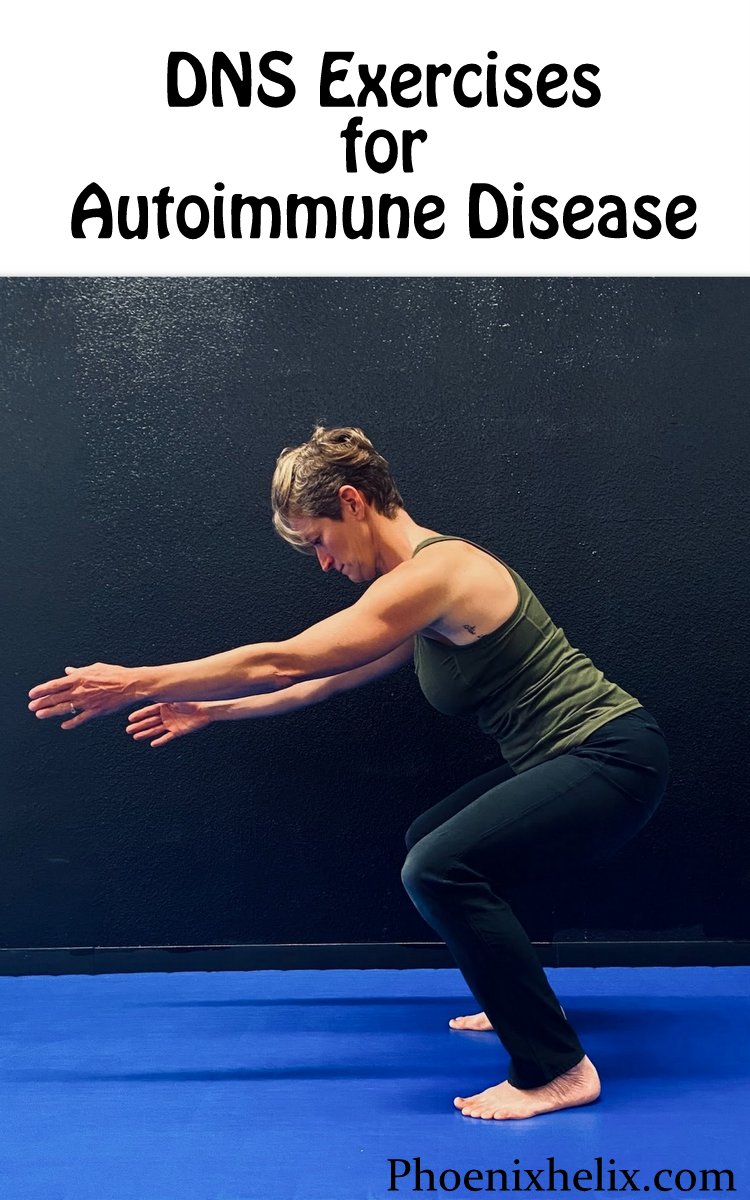
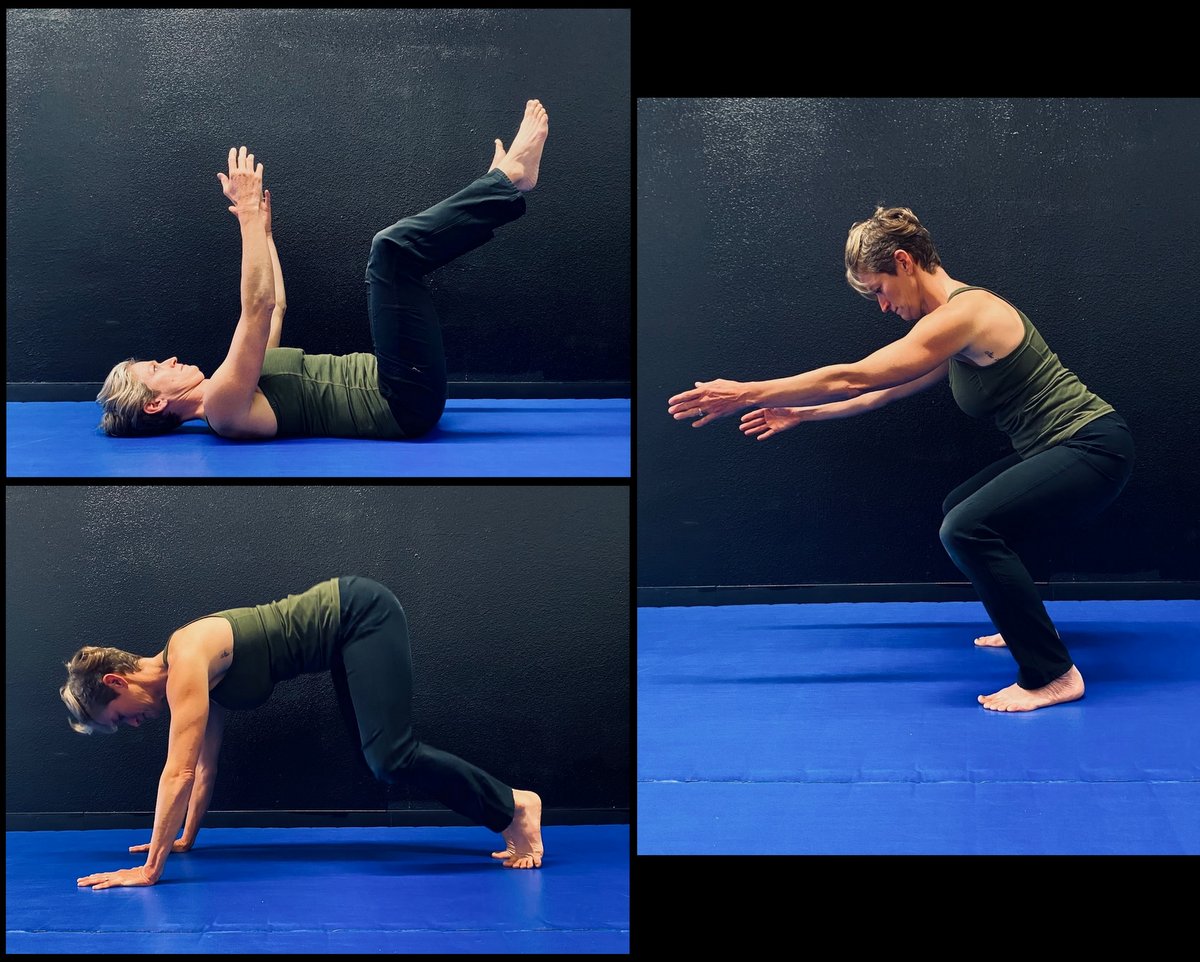
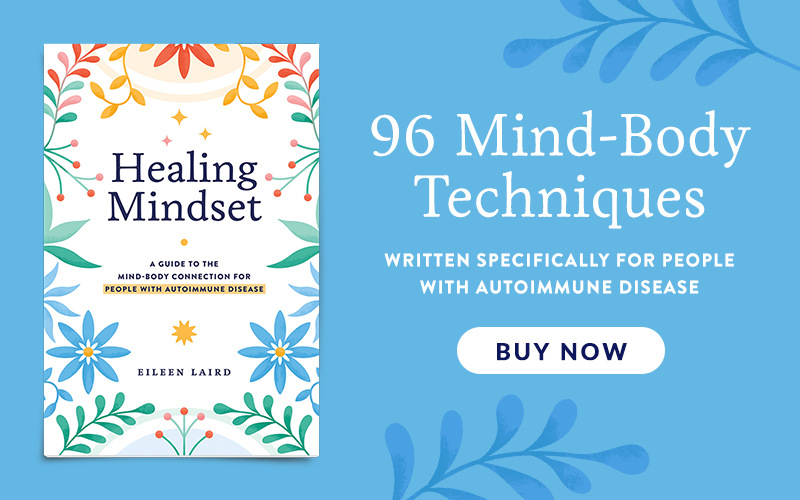
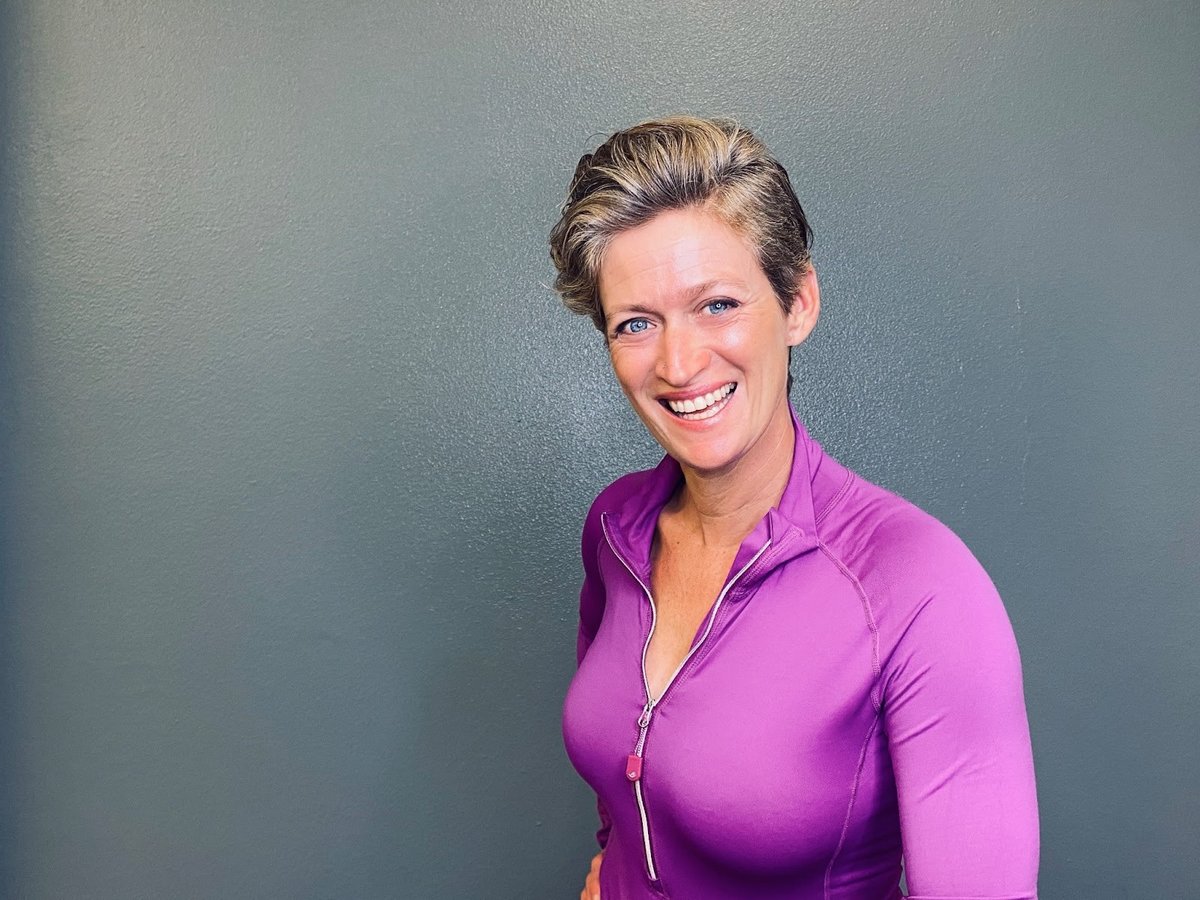
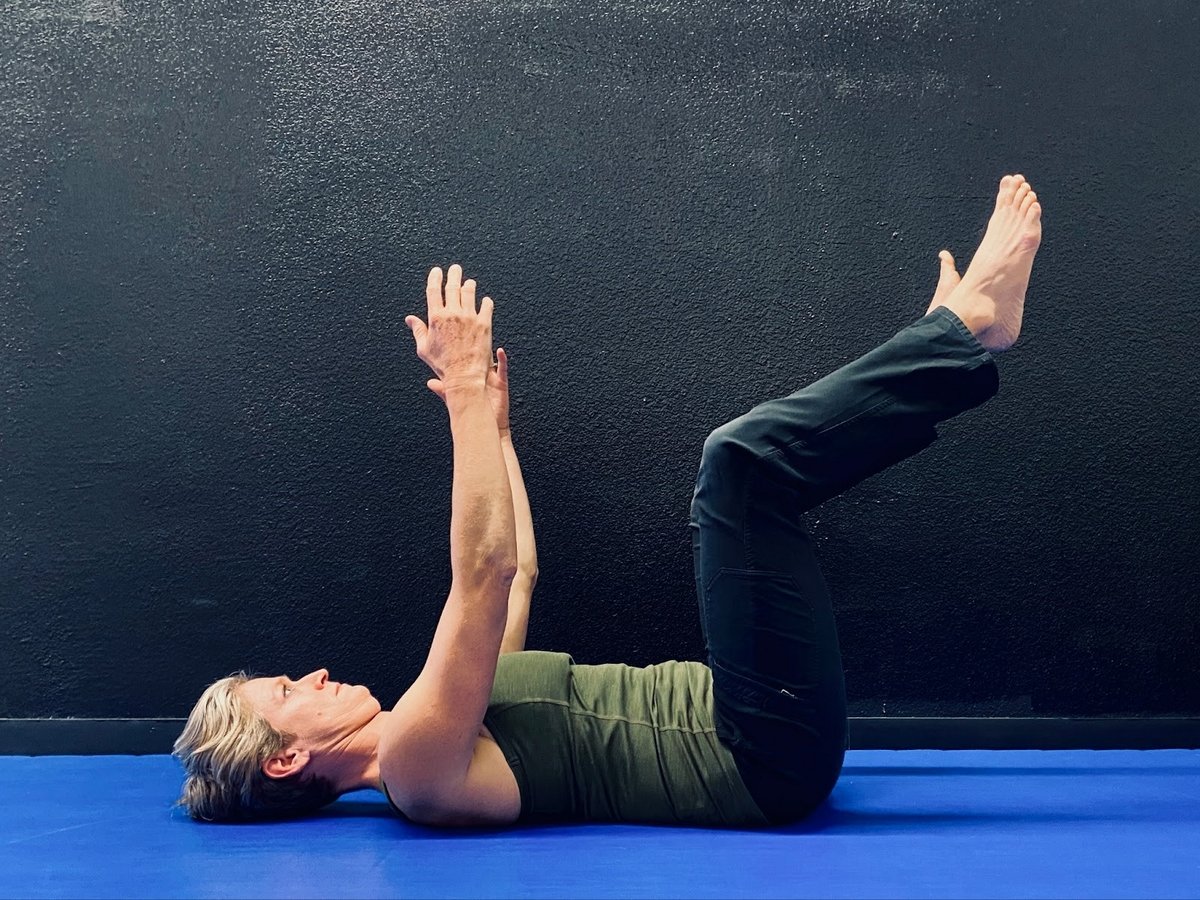
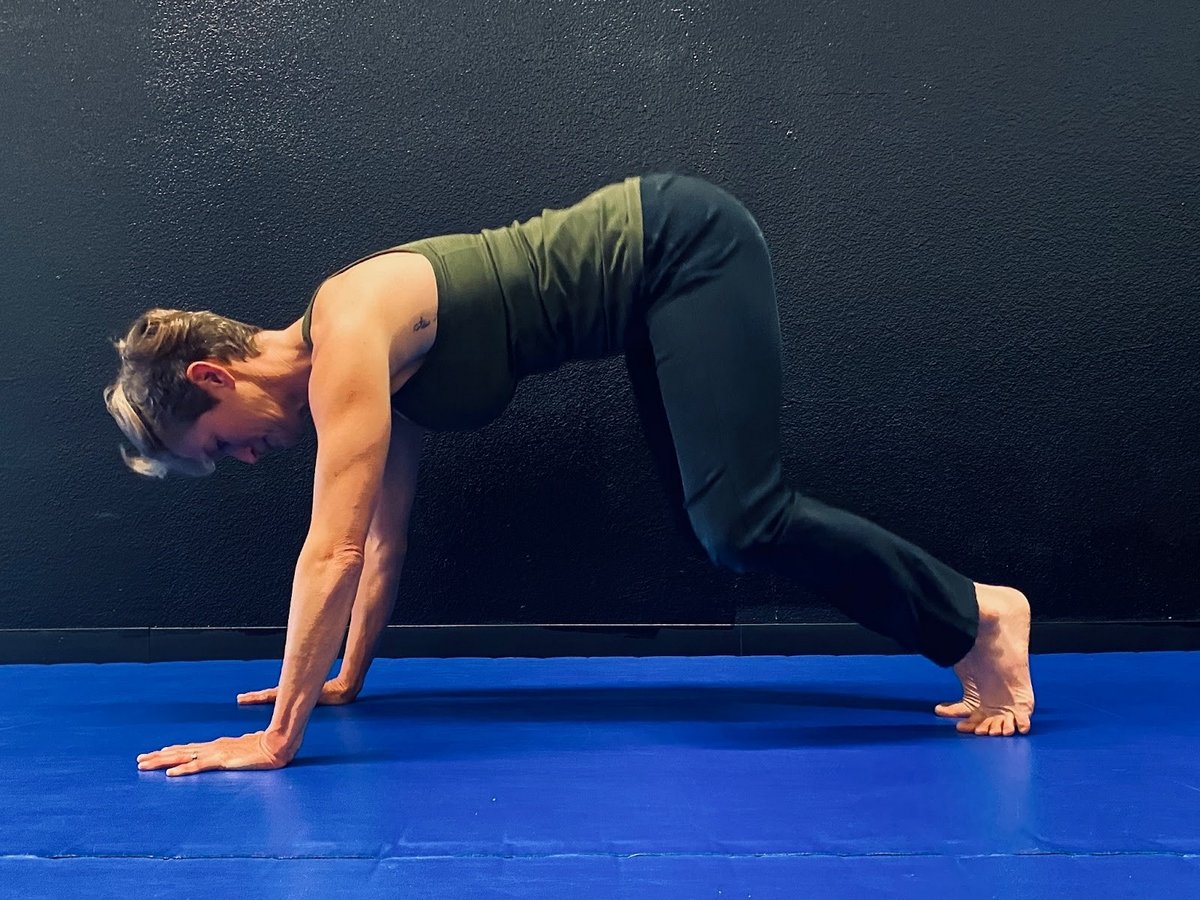
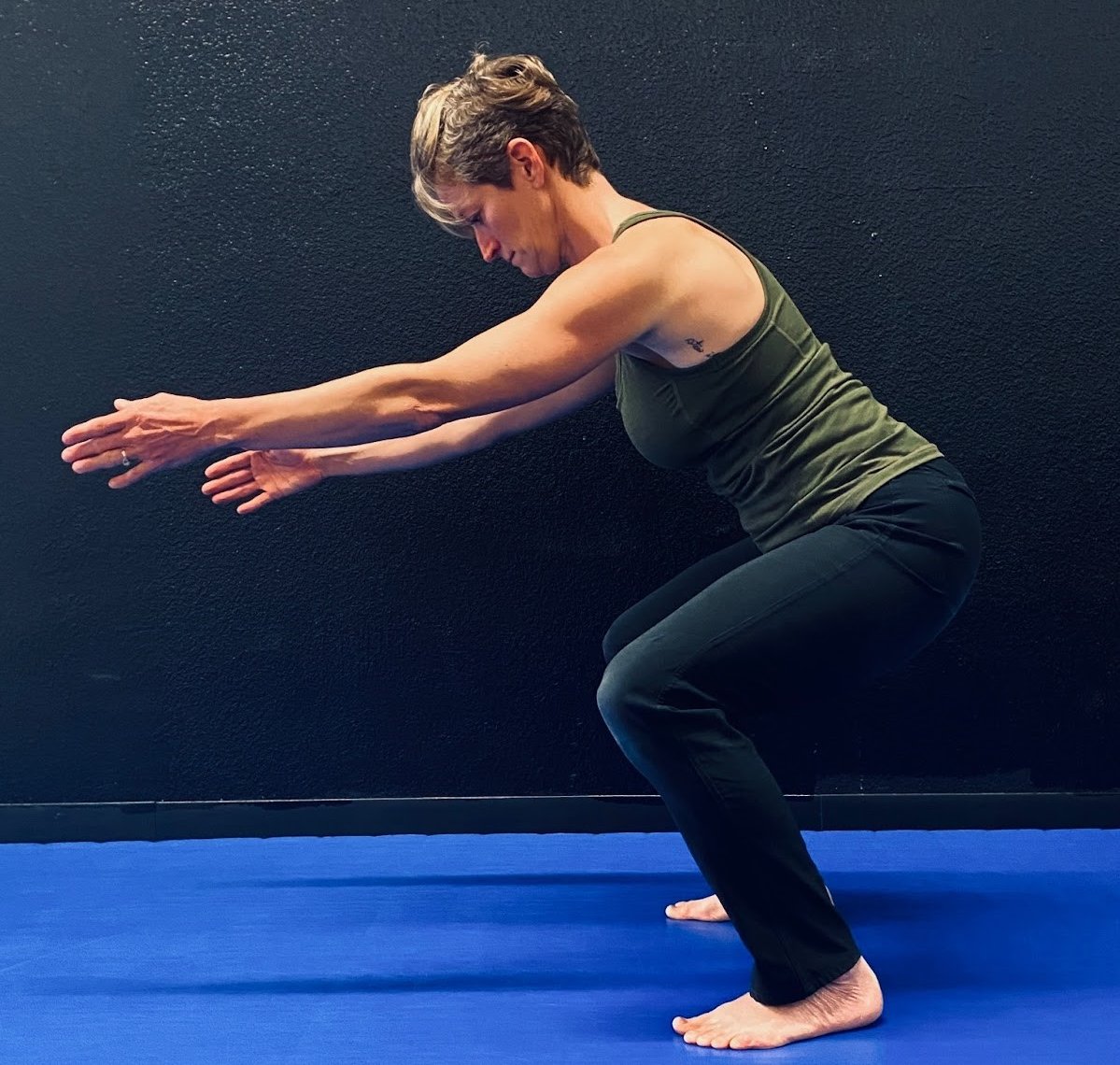
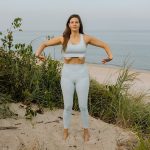
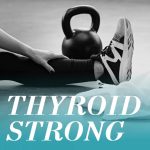
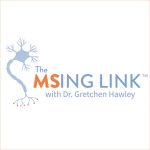
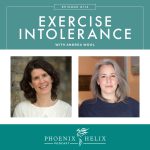
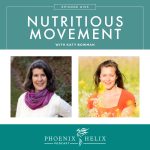
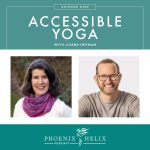

Absolutely love this, Eileen. Thanks for sharing. I am working with a very experienced trainer down here on functional movement that has helped me (re)connect with my body in a way that brings such joy after decades of living primarily in my head. What a difference it has made!
DNS just makes sense. Jx
Joanna, thank you so much for sharing your experience. That’s so beautifully expressed! I think there is something truly healing when we reconnect with our bodies – for anyone really, but especially when we have autoimmune disease.